Black mould is a common household problem in Parramatta that can damage walls and pose serious health risks. But how do you know if you have black mould, and more importantly, how do you get rid of it? Here, we’ll take you through everything you need to know about identifying and removing black mould from your walls.
What is Black Mould?
Black mould, scientifically known as Stachybotrys chartarum, is a type of fungus that thrives in damp, humid environments. It appears as black or dark green patches and can spread quickly if not treated.
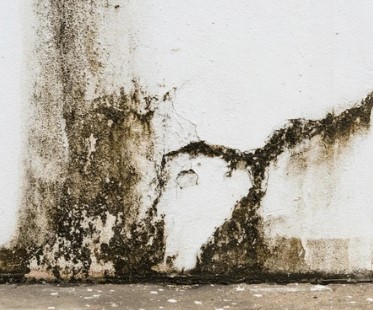
Black mould releases spores that can cause health problems, especially for people with allergies, asthma, or weakened immune systems. Common symptoms include coughing, sneezing, skin irritation, and even respiratory issues.
Parramatta has a humid subtropical climate characterized by mild winters and hot summers, with moderate rainfall throughout the year. Due to its urban heat island effect and inland location, Parramatta tends to be warmer than Sydney, sometimes by 5–10 °C (9–18 °F). Rainfall is higher in the first three months of the year, while the latter half tends to be drier, particularly in winter and spring.
Common Causes of Black Mould in Parramatta
- Excess moisture – Leaky pipes, roof leaks, or condensation can create a breeding ground for mould.
- Poor ventilation – Bathrooms, kitchens, and basements without proper airflow are prime spots.
- Flooding or water damage – If not dried properly, wet walls can develop mould quickly.
- Damp materials – Items like carpets, wood, and wallpaper can absorb moisture and encourage mould growth.
Black mould is a serious issue in Parramatta. But with proper identification and removal techniques, you can keep your home mould-free. You can stop black mould from returning and ensure a healthier living environment for you and your family. Make sure to contact Quick Mould and Pest Services to get rid of it.
For more information about mould and service, visit our website.
What we Clean?
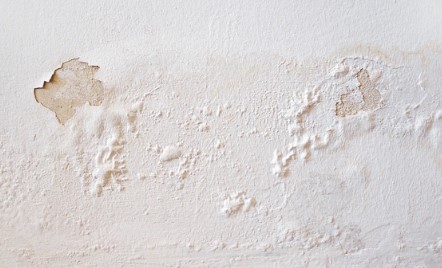
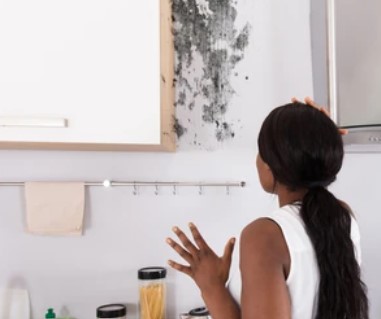
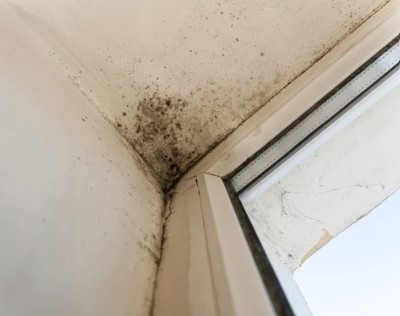

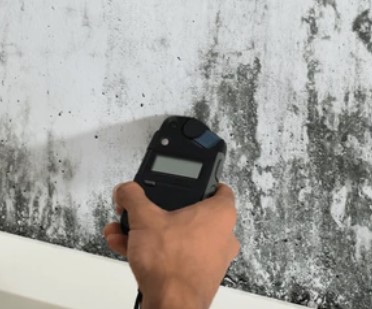


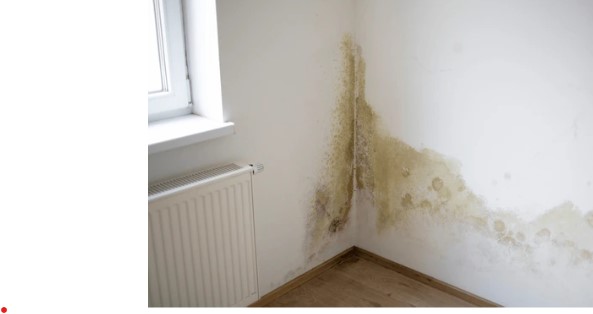
Why does mould grow?
If you plan to clean mould, be careful to prevent spores from spreading throughout your home. Mould usually sticks to walls, but it consists of tiny spores that can easily become airborne and settle in different areas if not handled properly. These spores are invisible to the naked eye, making them difficult to detect. Once they land on a suitable surface, they can grow into new mould colonies. Our cleaning business offers a range of mould removal services in your area to help keep your home safe and mould-free.
What should you do if you see mould in your home?
If you can already see mould in your home, your main focus should be getting rid of it rather than testing it. While some types of mould may be more harmful than others, the Centers for Disease Control and Prevention advises removing all mould immediately, regardless of the type. Whether it’s black, brown, green, or white, mould needs to go. Testing might be useful if you want to be sure there’s no toxic black mould present, but the priority should always be removal.
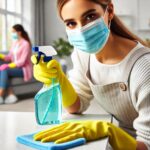
June Mark
Mom
What should you do if mould is affecting your health?
Removing mould is just the first step. Mould in your home can make you sick by releasing spores that irritate your airways, causing nasal congestion, coughing, wheezing, throat irritation, and chest tightness. If you experience these symptoms, clean the mould and see a doctor as soon as possible.
To check for mould, you can buy a mould test kit from a hardware or home improvement store. Look for signs like dark spots, discoloration, or damp areas. Some kits use tape or cotton swabs to collect samples, while others test the air from your HVAC system. The samples are sent to a lab to identify the mould type, but these tests aren’t always accurate and don’t measure mould levels.
Once you find mould, wear gloves, safety goggles (without ventilation holes), a face mask, and long-sleeved clothing before cleaning. Also, turn off fans and air conditioning to prevent spreading spores.
Quick Mould Removal Services around Parramatta, Blacktown, Penrith, and many other Sydney regions.
Contact Us Today for free inspection and quote.
How do I stop black mould from growing back?
Control humidity, improve ventilation, and fix leaks to prevent black mould from returning.
Is black mould dangerous for pets?
Yes, black mould can cause respiratory issues and allergic reactions in pets, just like in humans.
Can I paint over black mould?
No, painting over mould won’t solve the problem. You need to remove the mould first before applying anti-mould paint.
Comments are closed